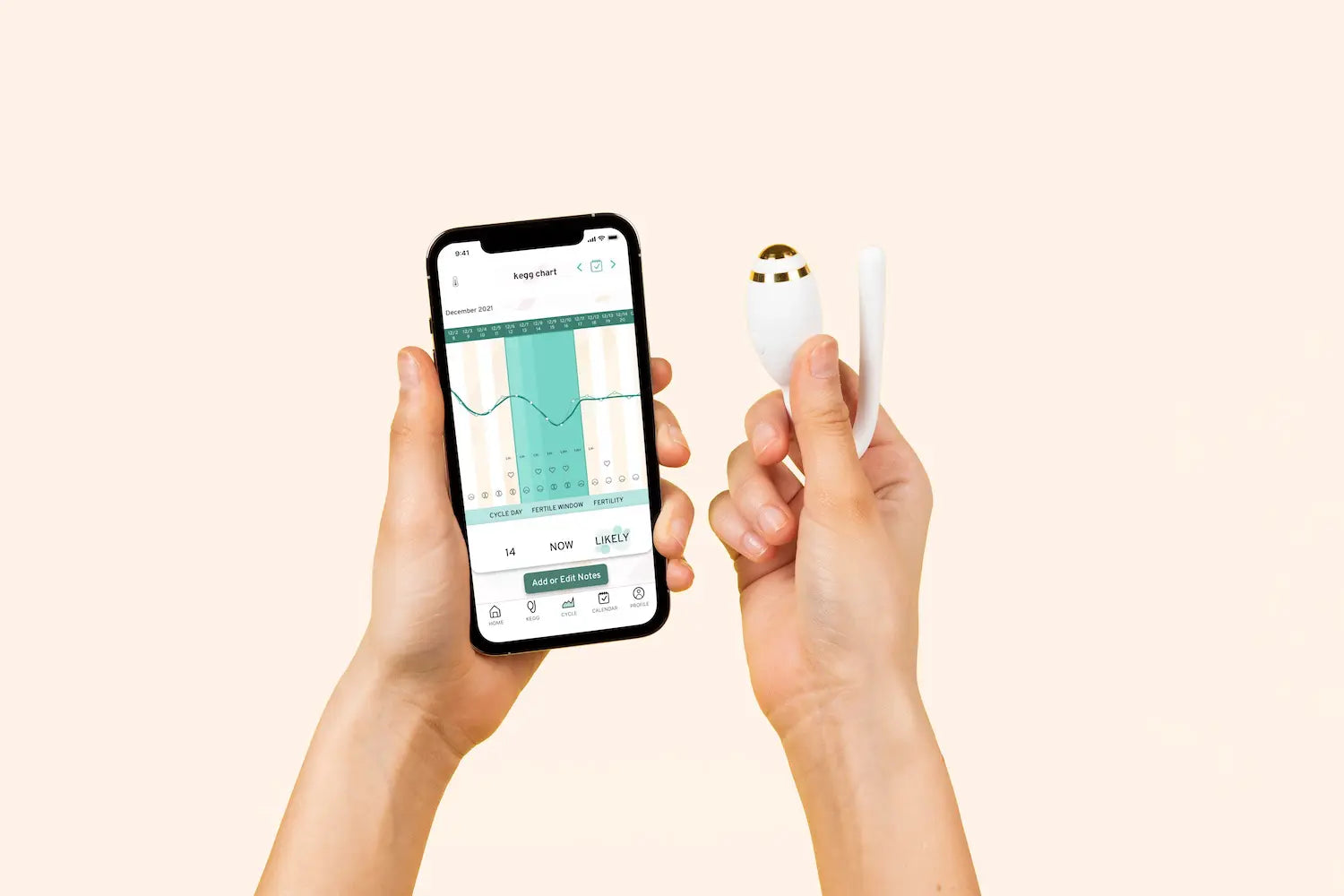Anovulatory cycles with kegg
kegg detects the electrolytes present in the cervical fluid. As the hormones shift throughout the cycle, there is a change in the electrolytes in the cervical fluid, allowing the user to see when they are fertile.

As estrogen levels increase with approaching ovulation, there is a downward trend in kegg data, indicating to the user they are likely in their fertile window. After ovulation, you see a rise!
Signs of anovulation with kegg
There are several variations in kegg charts that can suggest the cycle may be anovulatory:
1. A flat chart with no valley may suggest that the hormonal changes that lead up to ovulation did not take place.

2. Multiple valleys in your data may indicate that your body attempted to and failed to ovulate multiple times. This may or may not eventually result in a successful ovulation.

3. Unfortunately, it is possible that your body will prepare to ovulate and you will see an appropriate dip in your readings, but will not result in a successful ovulation. While this is less common, it’s possible!

How can I determine if my cycle was anovulatory?
- While a kegg user can suspect they may have ovulated based on their kegg data, kegg cannot confirm successful ovulation alone. Using Proov PdG allows you to confirm if you had successful ovulation.
Knowing your cycle is anovulatory is beneficial in two ways:
- You might have another opportunity to try later in the cycle! If you have a fertile valley in your kegg data, but learn from Proov Confirm that it was not successful, you can be on the lookout for another dip which may suggest your body is again attempting to ovulate.
- Knowledge is power. If you see multiple anovulatory cycles, you can discuss your concerns with your doctor. While you can identify if a cycle is successful for ovulation on your own, your doctor can help you determine the cause and what you can do about it. After all, ovulation is key!
Common causes of anovulation:
- Polycystic Ovarian Syndrome (PCOS), the most common cause of anovulation
- Excessive exercise
- Stress
- Illness
- Elevated Prolactin levels
- Thyroid disorders
- Diminished ovarian reserve (DOR)
- Low or high body weight
- Perimenopause
While anovulatory cycles can be especially frustrating when you are trying to conceive, using kegg and Proov together can help you identify what is happening throughout your cycle so you are not surprised and able to move forward confidently.



